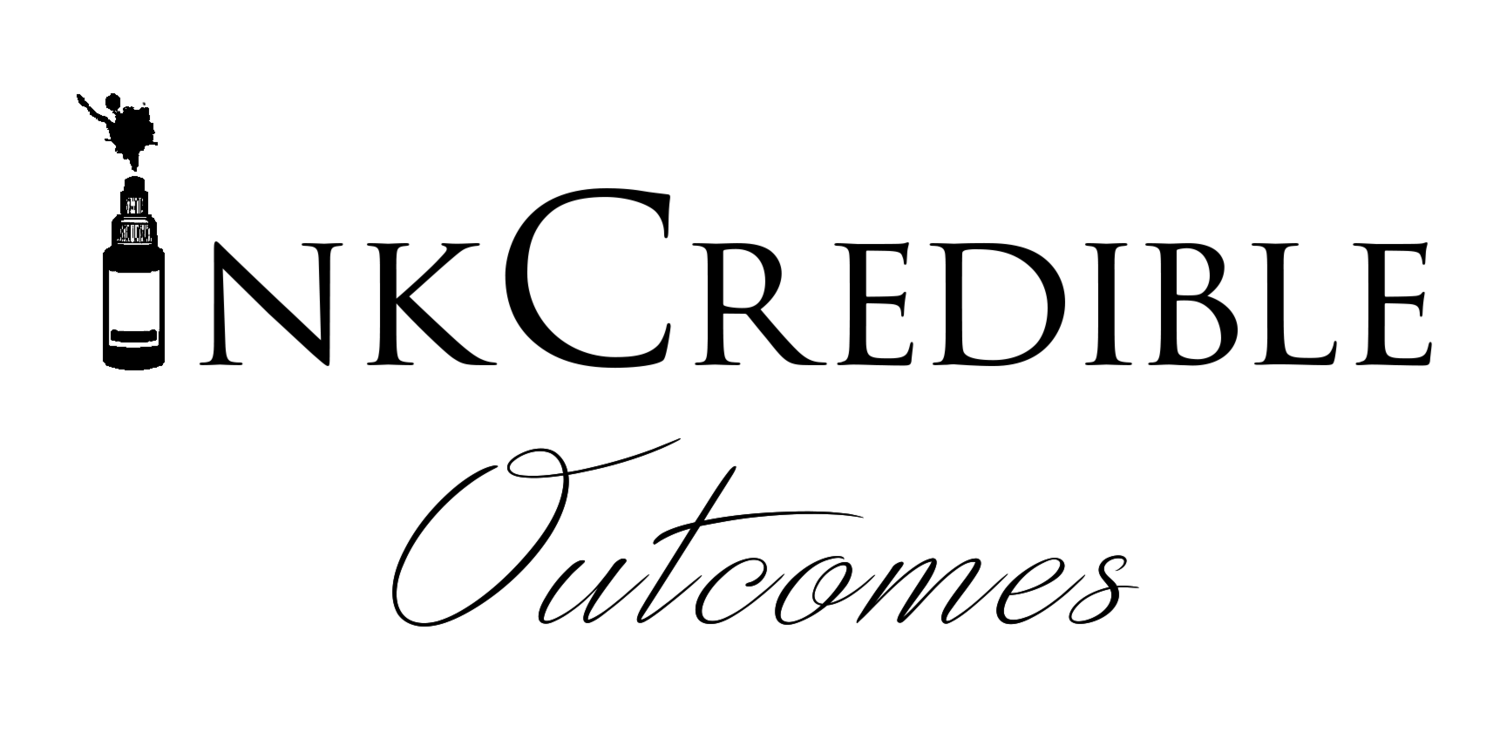Scar Relaxation Techniques
/What if we told you there is a treatment that could significantly improve the appearance and feel of scars, stretch marks and burns?
Many of us have scarring that we are self-conscious about, whether it’s from an accident, surgery or stretch marks due to childbirth or weight gain/loss. Most people have no idea this treatment even existed. Most people are elated when they discover that they could do something about their scarring!
The treatment’s name – MCA Scar Treatment. To give it its full name; Multi-Trepannic Collagen Actuation. Let us explain what the treatment involves and it’s wonderful benefits.
Firstly, please don’t be put off by the word ‘tattoo’ or ‘tattooing’. This treatment is a dry needling treatment, which means there is no pigment used at all. So while the machine is indeed a tattoo machine (a specialist medical machine), this is by no means a tattoo treatment. We promise you will not be leaving with any ink in your skin whatsoever!
Interested? Are you wondering how it works?
MCA scar treatment involves the use of a specialist needle that enters the surface layers of the skin, just enough to cause a minor controlled trauma to the scarred area. This minor trauma stimulates the blood flow to the area, which kick starts the body’s natural healing process. The dry needling technique causes tiny punctures, which creates channels that trigger the body to produce collagen, melanin and elastin, therefore promoting further healing.
Sounds a bit scary, but we promise it isn’t. The area is numbed for 20-30 minutes with local anesthetic. The “worst” part about this treatment is how it looks immediately afterwards: Red (that’s the blood that’s been bought to the surface) and may feel like you’ve sustained a fresh injury. Dry needling is so concentrated and is very minor that it really doesn’t cause any real pain for discomfort.
So what happens after an MCA Scar Treatment?
New tissue grows into the damaged skin and collagen, elastin and melanin production is stimulated as part of this new healing process.
Loose and sunken stretch marks fill out and appear smoother and firmer.
Discolored scars start to normalize and skin tone/color evens out.
Scars that are raised and bumpy flatten out and become less visible
Tight scars relax and become less restricted.
Areas of scar numbness begin to have returned feeling.
This treatment really is fantastic for anyone that would like to improve the appearance and feel of a scars, burns and stretch marks. While there is no guarantee as to the exact results, most patients will notice a marked improvement after just one treatment.
The treatment plan usually consists of three treatments, each four to six weeks apart. It is at this point that we will know how well the treated area is responding. We would need to wait a further four to six months after the third treatment, before determining whether a fourth treatment is necessary.
During the treatment you will barely feel any pain.
Immediately after treatment: It will be bright red and look like a new injury, however, this is a good sign as the healing process has started.
Over the next seven days keep it dry (apart from showering) and apply vitamin A&D cream twice, daily.
The first three weeks, it will look like a healing wound; a little bit pink and scaly. No deep scabbing, though, as the trauma was only surface level.
After four weeks you could start to see some great results!
At six weeks, you will be ready for your second treatment.
MCA Scar Therapy (Multi-trepannic Collagen Actuation) is also known as dry needling or micro needling.
MCA Therapy is carried out with the use of a specialist medical tattooing machine, using a dry needle technique (no pigment/colour used). The treatment consists of a needle that enters the surface layers of the skin, just enough to cause a minor trauma and stimulate blood flow to the area. The process causes minute punctures, which creates channels that trigger the body to produce collagen, melanin and elastin, in order to fill the wounds – therefore promoting further healing.
Whilst this isn’t a scar removal treatment (no such thing exists unfortunately), it can improve the look, feel, firmness and appearance of scars considerably.
So, what happens after an MCA Scar Treatment?
New tissue grows into the damaged skin and collagen, elastin and melanin production is stimulated as part of this new healing process.
Loose and sunken stretch marks fill out and appear smoother and firmer.
Discolored scars start to normalize and skin tone/color evens out.
Scars that are raised and bumpy flatten out and become less visible
Tight scars relax and become less restricted.
Areas of scar numbness begin to have returned feeling.
This treatment really is fantastic for anyone that would like to improve the appearance and feel of a scars, burns and stretch marks. Whilst there is no guarantee as to the exact results, most patients will notice a marked improvement after just one treatment. Typically a course of treatment is three to four treatments to be carried out 4-6 weeks apart.
Most scars, burns and stretch marks respond well to this treatment.



